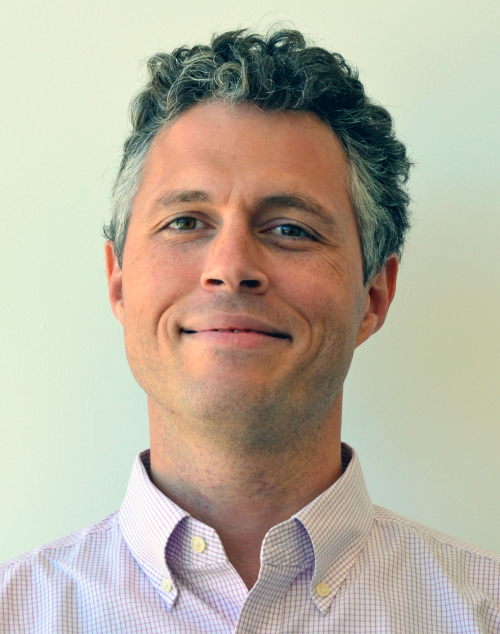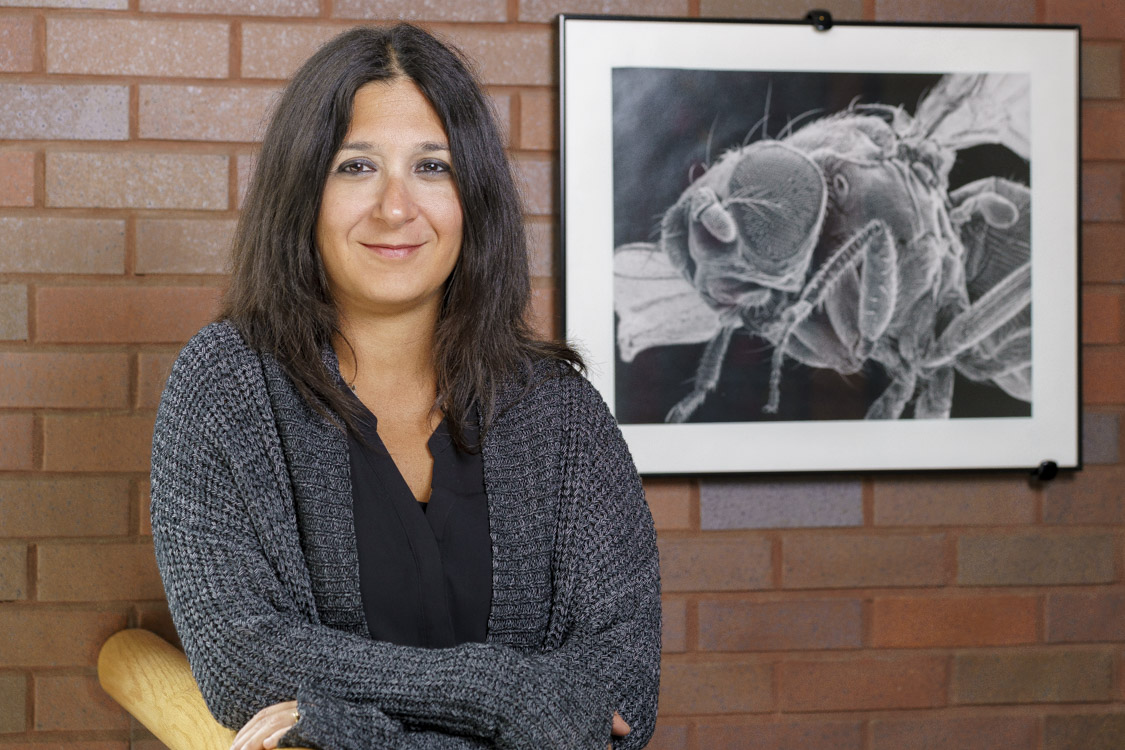
Chris Xu (Applied & Engineering Physics, NeuroNex PI)
The Xu lab pioneered the development of temporal focusing, long wavelength 2-photon imaging, and 3-photon deep-tissue imaging. Xu’s research and career path exemplify the collaborative and interdisciplinary approach at Cornell University. He began his career in multiphoton imaging, and contributed to the early development of 2-photon microscopy for biological applications. He then joined Bell Labs to work on telecom, and is one of the pioneers in developing differential phase shift keying for long haul fiber optic transmission. The Xu lab now combines fiber optic research with bioimaging, and is developing novel technology for deep, fast, and large-scale neural recording and stimulation in living brains. Collaborating with the other investigators in the NeuroNex Hub, these new technologies will be tested and validated in flies, zebrafish, and mice, and then disseminated to the broader neuroscience community. Lab web site: xu.research.engineering.cornell.edu

Joe Fetcho (Neurobiology & Behavior)
The Fetcho lab pioneered the non-invasive imaging of neuronal activity during vertebrate behavior by using transparent larval zebrafish. His laboratory uses the power of this animal to reveal basic principles of how movement is controlled by the brain and the spinal cord. Work has also involved studies of regeneration after spinal injury, dendritic dynamics underlying the process by which neurons search for new connections, as well as the structure and dynamics of the synaptic connections between neurons. They now plan to take advantage of the deep imaging developments of the NeuroNex project to view the zebrafish brain not just at the transparent larval stage, but throughout the life of the fish and into adulthood. This would make zebrafish the only vertebrate in which the structure and function of neurons in a single animal might be studied non-invasively at any time from embryo to adult to probe how circuits change both during development and with experience, in both normal fish and in disease models. Lab web site: pages.nbb.cornell.edu/neurobio/Fetcho

Mert Sabuncu (Electrical & Computer Engineering and Biomedical Engineering)
The Sabuncu Lab conducts research in the field of biomedical data analysis, in particular imaging data, and with an application emphasis on neuroscience and neurology. We develop novel computational tools using ideas from the areas of signal/image processing, probabilistic modeling, statistical inference, computer vision, computational geometry, graph theory, and machine learning. Our overarching objective is to implement practical algorithms that allow us to learn from and exploit large-scale biomedical data. Lab web site: sabuncu.engineering.cornell.edu

Chris Schaffer (Biomedical Engineering)
The Schaffer lab develops and uses advanced optical techniques to observe and manipulate in vivo biological systems, with the goal of constructing a microscopic-scale understanding of normal and disease-state physiological processes in the central nervous system. We have recently developed capabilities for long-term in vivo imaging in the mouse spinal cord, opening the door to studies of neural activity patterns and other cellular dynamics in the normal spinal cord and in animal models of diseased states. Neural circuits in the spinal cord control many basic functions, such has coordinating limb motion during locomotion. We are now taking advantage of the greater depth penetration of three-photon excited fluorescence microscopy to image neural activity in the spinal cord of awake, locomoting mice. These studies will help uncover how the central nervous system coordinates the solution to a basic problem facing all land mammals – how to appropriately move limbs to navigate the surrounding terrain. Lab web site: snlab.bme.cornell.edu

Nilay Yapici (Neurobiology & Behavior)
The Yapici lab employs a multi-disciplinary approach to understand how behavioral states regulate neural circuits and control animal behavior. Our lab is specifically interested in understanding how state dependent decisions are regulated. We use a genetically tractable model organism, the fly (Drosophila melanogaster), to understand the fundamental principles of how motivational states regulate food intake decisions on the level of molecules, cells and circuits. Our lab uses techniques ranging from high resolution quantitative measurements of behavior, functional imaging, neural tracing and genetics. We are currently developing a cuticle through imaging method using 3-photon microscopy to capture neural activity in intact flies. This in vivo imaging method will allow us to understand how the brain encodes behavioral states such as hunger and help us develop therapeutic interventions for eating disorders and metabolic diseases. Lab web site: www.yapicilab.com